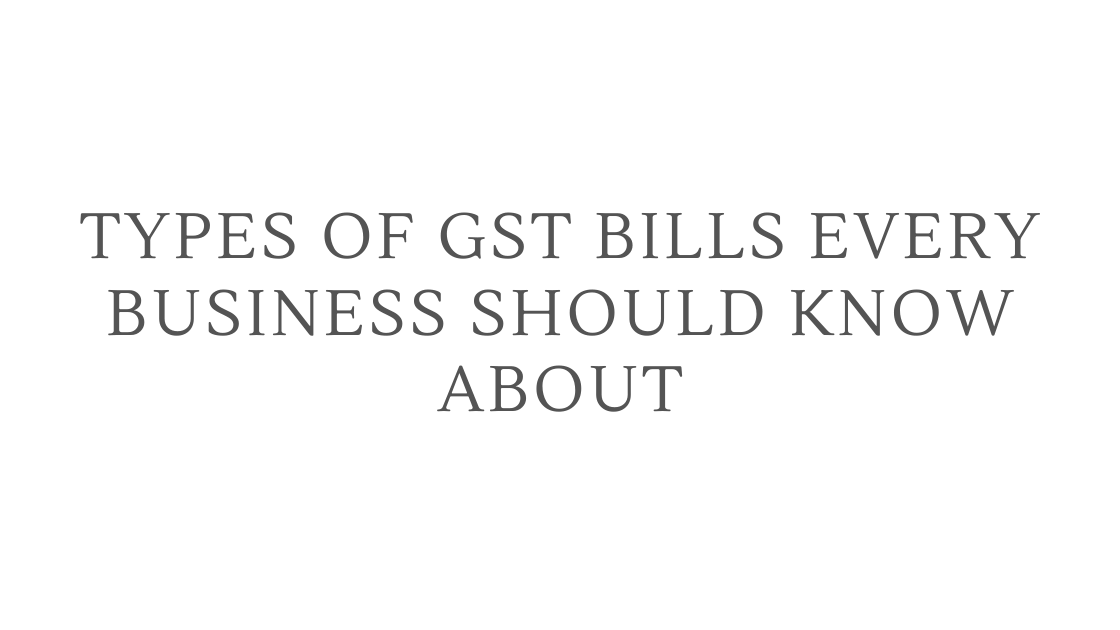GST stands for Goods and Services Tax, and it was created to put all indirect taxes under one roof. More importantly, it will eliminate the tax cascading impact that existed previously. For various types of transactions, eight different forms of GST invoices and vouchers must be used. The following are the details:
Contents
Tax Invoice
Every individual who is GST registered is required to produce a tax invoice for all supplies made. A tax invoice is a bill for supplying taxable goods or services to both B2B and B2C customers.
It’s also given out when transferring stocks across states. You can find the link to your gst registration certificate download here. Simply provide a few details, and the template will calculate the rest. Furthermore, if you need help understanding the gst bill format, click here to know more.
Bill of Supply
A supply bill must be issued when exempt products and services are supplied or when a composition dealer supplies goods and services.
Receipt Voucher
On receipt of advance payment for the supply of goods or services or both, a receipt voucher is required to be issued.
Refund Voucher
A refund voucher is sent when no more supplies are made against the receipt voucher received as an advance.
Payment Voucher
When making payment to the supplier, a recipient responsible for paying under Reverse Charge is required to issue a payment voucher.
Debit & Credit Notes
When an earlier tax invoice for goods or services, or both, is discovered to be less than the taxable value, a debit note is issued.
When an earlier tax invoice for goods or services, or both, is discovered to exceed the taxable value, a credit note is issued. When a supply of products or services is lacking, a credit note is given, and the goods are returned to the supplier.
ISD Invoice
To distribute the input tax credit among the branches formed under the same PAN, an ISD invoice is produced.
Delivery Challan
When goods are transported before a tax invoice is prepared, a delivery challan is issued. It’s also used for stock transfers within the state, among other things.
Conclusion
GST, India’s most significant tax reform, will allow the Indian economy’s real GDP growth to reach 6.75 percent this fiscal year, with predictions of 7 to 7.5 percent growth in 2018-19. With several exemptions, the GST system has benefited SMEs and small taxpayers. So as a business, you should keep a close eye on different gst bills and leverage them in your favor.







